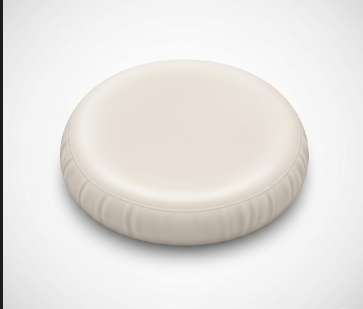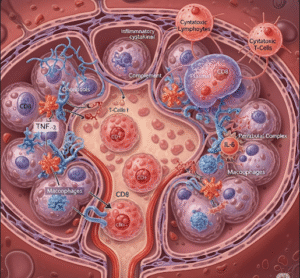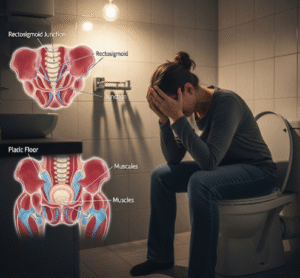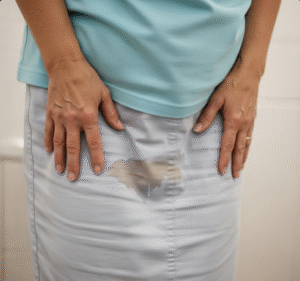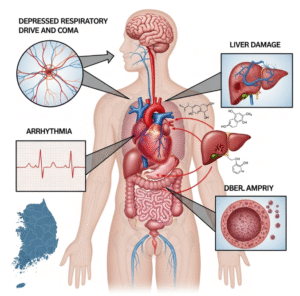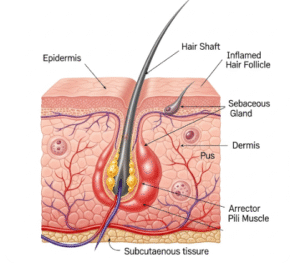Overview
Clay colored stool, also called pale stool, refers to bowel movements that are lighter than the typical brown color, often appearing gray, clay-colored, or whitish. This change can indicate problems with bile production or flow, liver disease, pancreatic disorders, or gastrointestinal infections.
In South Korea, gastroenterology clinics and hepatology centers provide comprehensive evaluation and treatment, using advanced diagnostic tools such as liver function tests, abdominal imaging, and endoscopy to determine the underlying cause of pale stool.
Key Facts
Highlights:
➡️ Normal stool color comes from bile pigments produced by the liver.
➡️ Clay colored or pale stool can signal liver, gallbladder, or pancreatic disorders.
➡️ It may be accompanied by jaundice, dark urine, abdominal pain, or fatigue.
➡️ Persistent pale stool requires medical evaluation, especially if associated with other warning signs.
➡️ South Korea provides modern hepatology and gastroenterology care, including minimally invasive procedures and advanced imaging.
What is Clay Colored Stool (Pale Stool)?
Clay colored stool is an abnormal stool discoloration due to reduced bile pigments in the intestines.
Key characteristics:
- Gray, light tan, or whitish color
- Soft to firm consistency, may be oily or bulky
- Often accompanied by changes in bowel habits, abdominal discomfort, or jaundice
- Can be intermittent or persistent, depending on the underlying cause
Pale stool itself is a symptom rather than a disease and may reflect issues ranging from mild bile duct obstruction to severe liver dysfunction.
What Symptoms are Related to Clay Colored Stool?
Symptoms frequently accompanying pale stool include:
- Jaundice (yellowing of skin and eyes)
- Dark-colored urine
- Abdominal pain or discomfort, especially in the right upper quadrant
- Nausea or vomiting
- Fatigue or weakness
- Fever if infection is present
Highlights:
➡️ Stool discoloration combined with jaundice or dark urine strongly indicates liver or bile duct issues.
➡️ Persistent abdominal pain or unexplained weight loss alongside pale stool requires urgent evaluation.
➡️ Early detection can prevent complications such as cholestasis or liver failure.
What Causes / Possible Causes of Clay Colored Stool?
Highlights:
➡️ Liver Disorders:
- Hepatitis (viral, alcoholic, or autoimmune)
- Cirrhosis or liver failure
➡️ Bile Duct Obstruction:
- Gallstones
- Bile duct tumors
- Strictures or narrowing of bile ducts
➡️ Pancreatic Disorders:
- Pancreatitis
- Pancreatic cancer affecting bile flow
➡️ Medication Side Effects: Certain antibiotics or antacids can temporarily lighten stool color.
➡️ Infections: Rare gastrointestinal infections affecting bile secretion.
➡️ Mechanism: Reduced bile flow leads to loss of brown pigments (stercobilin) in stool, resulting in clay or pale coloration.
When Should I See My Doctor?
Highlights:
➡️ If pale stool persists more than a few days, especially with other symptoms.
➡️ If accompanied by jaundice, dark urine, fever, or abdominal pain, urgent consultation is necessary.
➡️ For recurrent episodes, evaluation is needed to rule out chronic liver or bile duct disorders.
➡️ Early medical attention ensures proper diagnosis and prevents complications such as cholangitis, liver failure, or pancreatitis.
➡️ South Korean clinics provide rapid diagnostic testing and multidisciplinary care for timely management.
Care and Treatment
Treatment depends on the underlying cause of clay colored stool:
Highlights:
➡️ Symptomatic Relief:
- Maintaining hydration and nutrition
- Avoiding alcohol and hepatotoxic substances
➡️ Medications:
- Antivirals for hepatitis
- Medications to dissolve gallstones (if applicable)
- Antibiotics for infections
➡️ Procedures and Surgery:
- Endoscopic Retrograde Cholangiopancreatography (ERCP) for bile duct obstruction
- Surgery for gallstones, tumors, or strictures
➡️ Lifestyle Measures:
- Healthy diet low in fat to reduce liver and gallbladder stress
- Regular monitoring of liver function tests
- Avoiding medications that impair bile flow unless prescribed
➡️ Follow-Up Monitoring: Regular check-ups to ensure bile flow restoration and liver health.
Treatment Options in Korea
South Korea provides advanced care for patients with clay colored stool, including:
Highlights:
➡️ Hepatology & Gastroenterology Clinics: Diagnosis and treatment of liver, bile duct, and pancreatic disorders.
➡️ Advanced Imaging: Ultrasound, CT, MRI, and ERCP to evaluate bile flow and detect obstruction.
➡️ Endoscopic & Surgical Interventions: Minimally invasive procedures for gallstones, tumors, or strictures.
➡️ Multidisciplinary Approach: Collaboration among hepatologists, gastroenterologists, and surgeons for comprehensive care.
➡️ Lifestyle & Nutritional Counseling: Guidance for liver-friendly diet, alcohol avoidance, and medication management.
➡️ Medical Tourism Support: Multilingual consultations, rapid diagnostics, and treatment for international patients.

